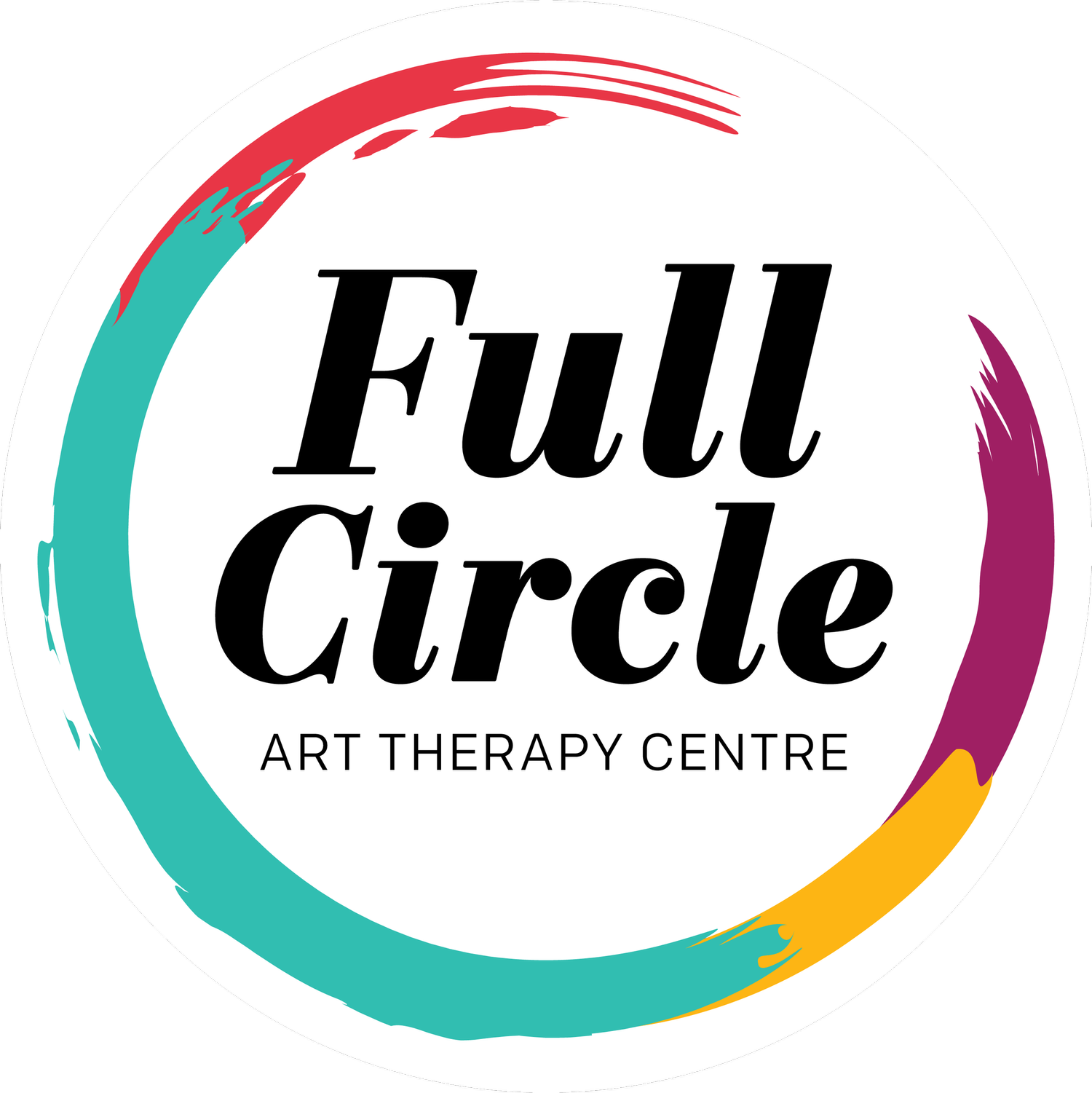Understanding The Group Art Therapy Process With Ashtyn Ford (RP. RCAT)
Author: Ashtyn Ford
What is one of your favourite thing about group art therapy?
A.F: I enjoy witnessing how others connect with art and new materials in unexpected ways. Some participants find meaning in their artwork and unlock a new insight/perspective they wouldn’t have been able to see otherwise. It is also amazing to watch them connect with other group members' artwork.
What is the structure and session flow of your art therapy groups?
A.F: The group usually starts with some psycho-education, for example: how we respond to trauma. This helps with better understanding one's own experience and building an empathetic understanding. It is followed by mindful practice at the beginning and end, this helps to create a safe container for the group process.
Time for creative expression through visual artmaking takes on the largest portion of the group since it is such a rich experience and needs sufficient time for folks to explore and connect with the process. There is also time for journaling for folks to pause and reflect on their creative process, and group sharing where participants have a chance to share their voice and experience with other group members and be witnesses to others' processes as well.
What suggestions do you have for people who have never been in group therapy before?
A.F: Go at your own pace & listen to your needs. No one person’s healing journey looks the same, so it is important to listen to yourself if anything comes up during the group process.
This can look like: needing more time to work on a piece after the session; going in a different direction with the artwork than suggested, and passing when asked to share if you do not feel up to it, or anything else.
How do you ensure that participants feel safe and heard in the group?
A.F: There are group guidelines created before the group. Participants can review and add if they feel like anything is missing from the list. These guidelines help create a group container for the group process, which the participants and I are responsible to maintain.
Furthermore, participants have access to private message me or the group assistant (art therapy student) if they need individual support at any time during a group session. We also scheduled 15 minutes after each group to speak to anyone who may need extra support.
Providing a safe space for people who have experienced trauma is very important and a top priority for me. I make sure there are enough safeguards in place to provide that for each group.
What are some surprise benefits you’ve witnessed through trauma group art therapy?
A.F: One of the things that surprised me most is how each person will make an art therapy directive work for what they need at the moment. It is amazing to witness how intuitive they are and how they find themselves through the art process. I'm always in awe to hear what each person has gained through the process.
It may be someone's first time connecting with art, or they created any artwork since they were younger. Somehow each participant always gets something useful out of their experience when working with it in a therapeutic way. This usually encourages them to continue working with the art in the future after the group ends.
I know you have had a lot of experience facilitating trauma art therapy groups. What are some benefits you have observed that may be different from individual art therapy trauma work?
A.F: Connecting with other survivors in the group setting is something that individual art therapy cannot provide. It is a very empowering experience for survivors of trauma to connect with each other in a safe space and share their resilience and hope with each other. It helps them feel like they are not alone. And seeing others dealing with the same impacts of trauma helps them see that they are not the problem.
This can give them a sense of hope when they witness others heal and grow from trauma. Being in a group also helps them see there can be room for healthy connections with others. In a way where their boundaries will be seen and respected. This helps to replace the old message from their trauma that people are hurtful and are not to be trusted.
If you have any more questions for Ashtyn, or about the group art therapy process, please do not hesitate to reach out at info@fullcircleatc.com.
